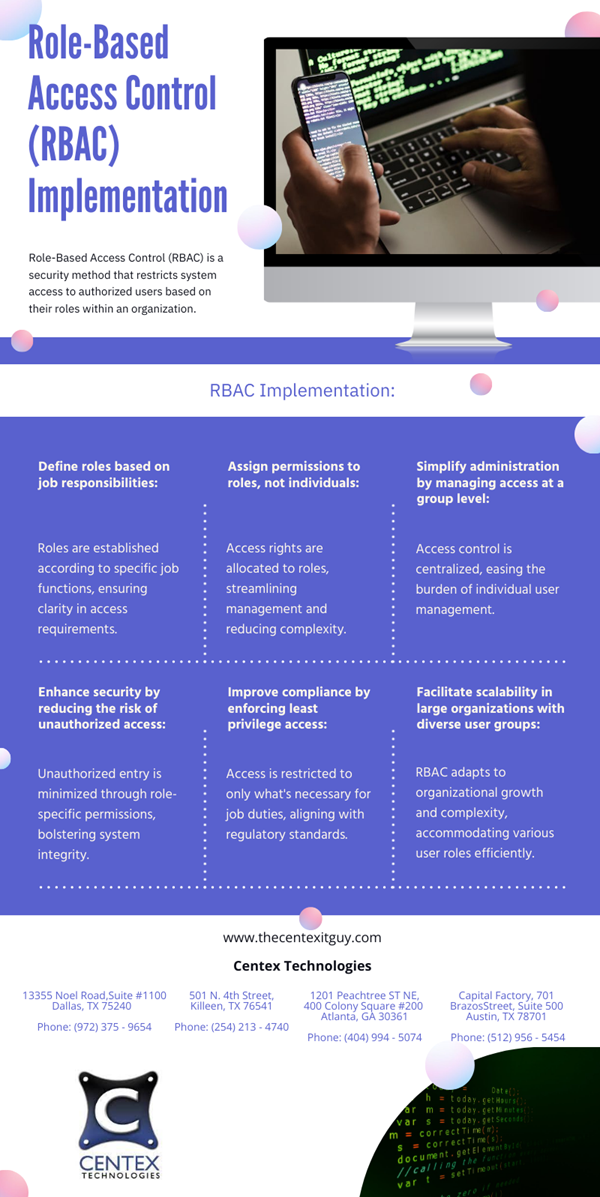Network Traffic Shaping, Bandwidth Management, and Quality of Service (QoS) are tools that enable organizations to optimize network performance, ensure reliable connectivity, and prioritize critical applications.
Network Traffic Shaping
The technique is used to control the flow of data packets within a network, ensuring that bandwidth is allocated efficiently and fairly among different users, applications, or services. By regulating the rate at which packets are transmitted, Traffic Shaping helps prevent congestion, minimize latency, and maintain optimal network performance. At its core, Traffic Shaping utilizes algorithms and policies to prioritize specific types of traffic over others, employing predefined criteria like protocol, source, destination, or application. This allows organizations to enforce bandwidth limits, throttle bandwidth-intensive applications, and allocate resources according to business priorities.
Bandwidth Management
Bandwidth Management, an integral aspect of Traffic Shaping, concentrates on maximizing the utilization of accessible network bandwidth to efficiently cater to the requirements of users and applications. By implementing Bandwidth Management policies, organizations can achieve several benefits:
- Improved Performance: By prioritizing critical applications and services, Bandwidth Management ensures that they receive adequate bandwidth and network resources, leading to improved performance and responsiveness.
- Fair Allocation: Bandwidth Management helps prevent bandwidth monopolization by certain users or applications, ensuring fair and equitable access to network resources for all users.
- Reduced Congestion: By regulating the flow of traffic and preventing network congestion, Bandwidth Management minimizes packet loss, latency, and jitter, resulting in smoother and more reliable network performance.
- Cost Savings: By optimizing bandwidth utilization and avoiding unnecessary over-provisioning, Bandwidth Management helps organizations reduce their overall network costs and maximize their return on investment.
Enhancing Performance with Quality of Service (QoS)
Quality of Service (QoS) is a set of techniques and mechanisms used to prioritize, classify, and manage network traffic based on predefined criteria such as application type, service level agreements (SLAs), or user preferences. QoS enables organizations to guarantee a certain level of performance for critical applications and ensure a consistent user experience across the network.
QoS mechanisms typically include:
- Traffic Classification: Identifying and categorizing network traffic into different classes or priorities based on specific attributes such as protocol, source, destination, or application.
- Traffic Policing and Shaping: Enforcing bandwidth limits, rate limiting, and shaping traffic to prevent congestion and prioritize critical traffic flows.
- Packet Prioritization: Prioritizing packets based on their significance or urgency, guaranteeing that high-priority traffic is handled and transmitted before lower-priority traffic.
- Queue Management: Managing packet queues to prioritize the transmission of high-priority packets while controlling delay and jitter for time-sensitive applications such as voice and video.
Applications of Network Traffic Shaping and QoS
Network Traffic Shaping and QoS find applications across various industries and networking environments:
- Enterprise Networks: In enterprise environments, Traffic Shaping and QoS are used to prioritize business-critical applications such as VoIP, video conferencing, and ERP systems, ensuring optimal performance and reliability.
- Service Providers: Service providers utilize Traffic Shaping and QoS to deliver differentiated services to customers, guaranteeing bandwidth and quality of service for premium subscribers while managing network congestion and optimizing resource utilization.
- Cloud Computing: In cloud computing environments, Traffic Shaping and QoS enable cloud providers to allocate resources dynamically, prioritize workloads, and ensure consistent performance across virtualized infrastructure.
- Remote Workforce: Traffic Shaping and QoS are essential for ensuring reliable connectivity and performance for remote employees accessing corporate networks and cloud-based applications from disparate locations.
Challenges and Considerations
While Network Traffic Shaping and QoS offer significant benefits, implementing and managing these technologies can pose challenges:
- Complexity: Configuring and managing Traffic Shaping and QoS policies requires expertise and careful planning to ensure that they align with business requirements and network conditions.
- Resource Allocation: Balancing the competing demands for bandwidth and network resources among different users, applications, and services can be challenging, particularly in dynamic and heterogeneous environments.
- Monitoring and Troubleshooting: Monitoring network traffic, analyzing performance metrics, and troubleshooting issues related to Traffic Shaping and QoS require specialized tools and skills to identify and resolve issues effectively.
- Adaptability: The policies for Network Traffic Shaping and Quality of Service (QoS) need to be flexible and adaptable to adjust to shifts in network traffic patterns, application needs, and evolving business priorities over time.
By implementing Traffic Shaping and QoS policies tailored to specific needs and objectives, organizations can achieve significant improvements in network efficiency, performance, and user experience. For more information, Contact Centex Technologies at Killeen (254) 213 – 4740, Dallas (972) 375 – 9654, Atlanta (404) 994 – 5074, and Austin (512) 956 – 5454.

